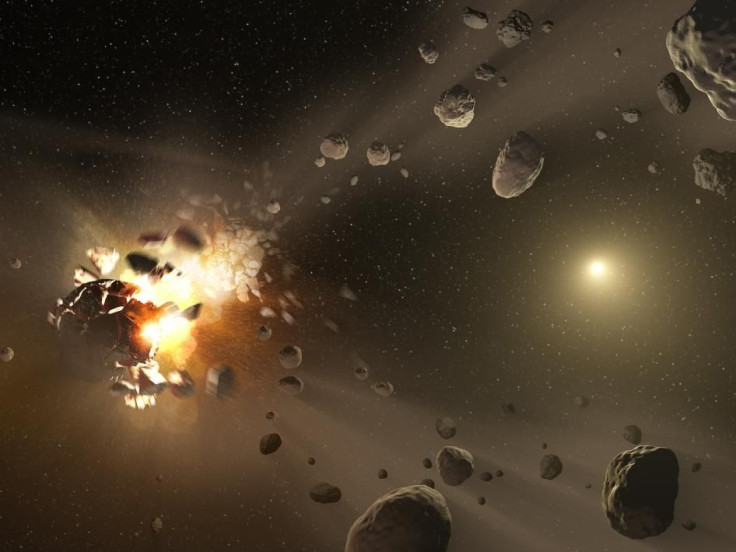Russian Nuclear Agency Exploring Technologies To Blast Incoming Asteroids

In a bid to tackle the looming threat of asteroid impacts, Russian nuclear agency Rosatom has started exploring technologies that would help the country destroy incoming space rocks well before they enter the atmosphere of our planet.
The move, first reported by state-owned news agency TASS, comes just a few days after a small meteorite exploded with 2.8 kilotons of force over several Russian cities. The fireball wasn’t powerful enough to cause any damage to those on the ground, but the fact that it went unseen until hitting the atmosphere served as a reminder that our defense systems aren’t well equipped.
This is where Rosatom’s plan to establish a sophisticated asteroid protection system comes in. As part of the project, the agency hopes to develop the technological know-how and systems to detect, classify, and monitor distant asteroids and meteorites with high-precision, as well as, a way to blast them off, if they are zooming toward our planet.
“A bomb should be designed, which would be safe enough during the launch,” Vladimir Rogachev from Russian Federal Nuclear Center (VNIIEF), part of the Rosatom corporation, told the news outlet. “A carrier rocket will have to be designed, too".
However, launching a bomb into space won’t be easy as the task would require extremely accurate methods to strike and destroy the object and not harm those on Earth. The researchers at the agency preparing for the "big one" understand this risk and have already started working on the project.
As Rogachev described, the team recently baked an artificial chondrite, a stony meteorite commonly found in space, to study its properties and understand how much time they would require to destroy a 200-meter wide rock of that kind. The initial analysis suggested that they need to launch the bomb nearly a month before the planned impact to smash it into tiny bits and pieces.
"Yes, some parts will reach the surface of the planet, but, due to their small size, there will be no apocalypse," he added. "This technology would be sufficient to destroy an object similar to the Tunguska meteor."
The Tunguska explosion occurred with a force of 50 megatons and flattened 2,000 square kilometers (770 square miles) of a Siberian forest back in 1908. The incident didn’t cause any causalities but according to astronomers, it was caused by a 60 to 190-meter wide meteoroid, which exploded and disintegrated 5 to 10 kilometers above the surface.
The event has been dubbed as one of the strongest impact events in the recorded history, but that’s not the only case. In 2013, another meteorite exploded some 20 kilometers above Chelyabinsk, Russia, smashing windows and injuring people in the city.
That said, Rogachev noted that the development of asteroid defense system has scope for international cooperation, but there is no time to procrastinate because “when a dangerous asteroid approaches the Earth, it will be too late." He stressed Russia has the potential and technological instruments to develop such system and be ready.
© Copyright IBTimes 2025. All rights reserved.




















